The Aftermath of Fires: Smoke is a Real Danger
Using data from the infamous Paradise/Camp Fire, scientists and experts have found that besides the fire itself, smoke contains real danger to those left behind.
Smoke from wildfires contains thousands of dangerous compounds including carbon monoxide, volatile organic molecules, complex hydrocarbons and toxic metals.
Additionally, the most prevalent pollutant by mass is particulate matter less than 2.5 micrometers in diameter, roughly 50 times smaller than a grain of sand. Its prevalence is one reason health authorities issue air quality warnings about these small particles, also referred to as PM2.5.
Additional damage is caused by organic pollutants and toxic metals that attach to the 2.5PM particulate matter. The new study on smoke from the 2018 Paradise Fire by the California Air Resources Board found that smoke blowing downwind affected communities worse than thought.
The study found that the 2.5PM particles traveled more than 150 miles on the wind, with concentrations exceeding 50 times above average in some areas. These particles also were found to contain dangerous levels of lead. This is bad news. Lead as well as other metals found in the particulates have been linked to multiple health harms, including causing high blood pressure and impairing the normal brain development of children. The study empathized that the 2.5PM particles are the most concerning because they can travel deepest into the lungs and cause the most damage to lung tissue.
These small particles lodge deep into your lungs and disturb the air sacs where oxygen crosses over into the blood. Fortunately, we have specialized immune cells present called macrophages. It’s their job to seek out this type of foreign material and remove or destroy it. But the high levels of these particles found in fires such as the Paradise wildfire can overload and bypass your natural defenses, potentially causing long-term health problems.
This study illustrates why it is so very important to prevent large wildfires such as occurred in Paradise as well as monitor levels of 2.5PM particulates released from wildfires.
Sooo…..what to do?
We will soon publish a blog on keeping your children safe. In the meantime, you can:
Follow the smoke levels in your area.
Avoid the outdoors unless it’s crucial. This certainly includes outdoor activities like biking or camping.
CRT urges you to stay cool, and stay safe!
